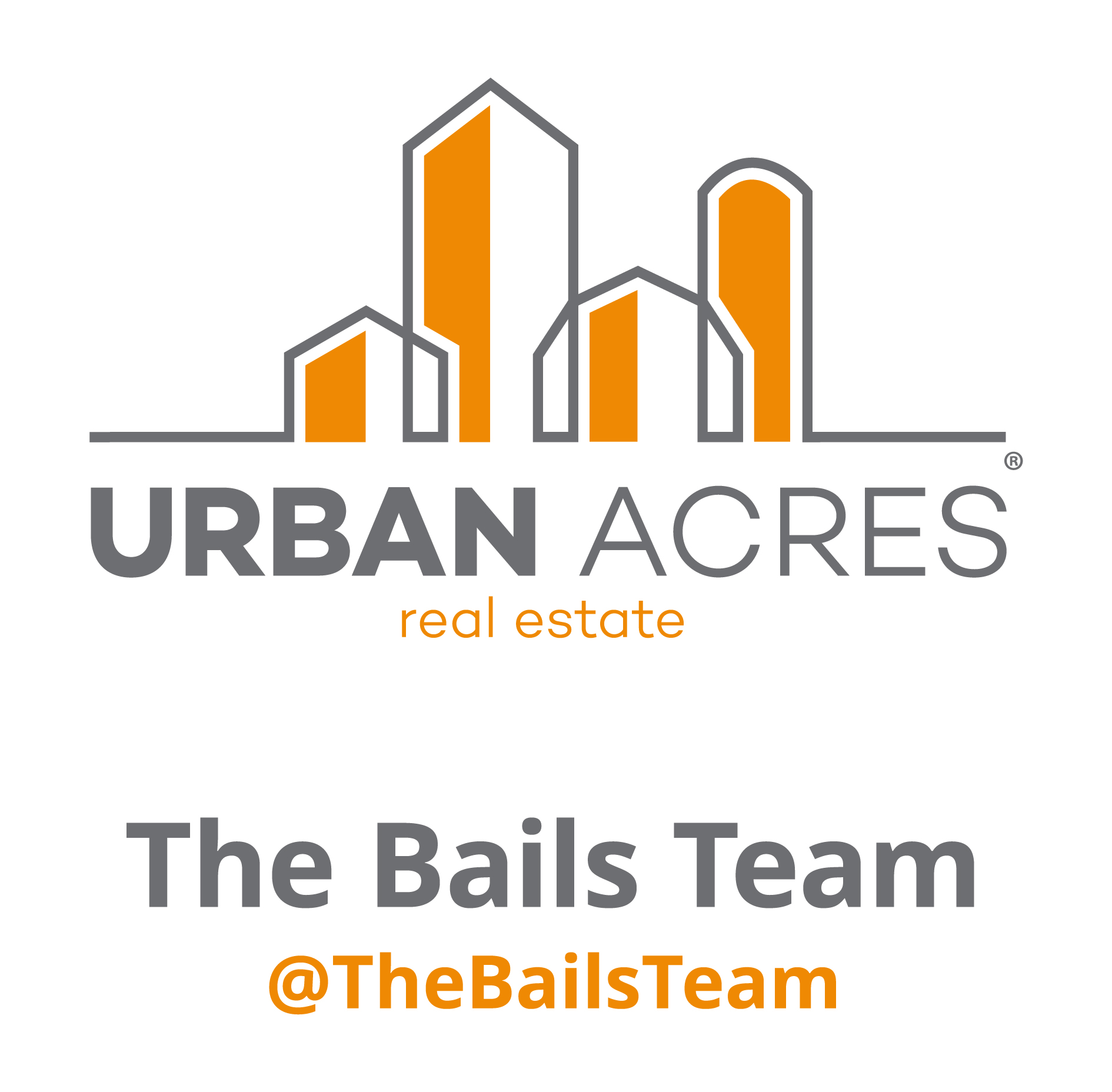Don’t Overlook Scaffold Safety
Don’t Overlook Scaffold Safety
Scaffolds are used so often on job sites, it’s easy to forget how dangerous they can be. Serious injuries can happen when workers fall or when tools and equipment drop from scaffolds, so it’s incredibly important to practice these basic safety tips:

Put Scaffolds on Solid Footing
Scaffolds have to be erected on ground that won’t sink or move, and able to support, without failure, four times the maximum intended load.
If the ground isn’t solid — if it’s muddy or sandy — use mudsills, such as wood planks, to make the footing stable and prevent sinking. In addition, you must use the adjustable feet and base plates that came with the scaffold to uniformly distribute the scaffold load over a larger area. Remember that the wood should only be used to stop sinking and not as cribbing when the ground is uneven.
Additionally, masonry blocks and bricks cannot be used for support, according to Occupational Safety & Health Administration standards.
Use Guardrails and Toeboards
Guardrails and toeboards help keep people, tools and equipment from falling off a scaffold. Guardrails have to be on all scaffolds more than 10 feet above the ground and can be made using two-by-fours or metal. Guardrails need to be about 42 inches high with a midrail at about 21 inches, just like the guardrails inside the house. The guardrail has to go around all open sides and ends. A guardrail needs to be placed in front of the scaffold as well, unless the worker is close enough to work without falling through.
Toeboards on the perimeter of the scaffolding have to be at least 3-1/2 inches tall or as high as material on the scaffold to prevent the material from falling off.
.
Pay Attention to the Planking Too
Use scaffold-grade planking, which is very strong and free from cracks and knots. When installing the planking, make sure it extends between six and 12 inches beyond the end of the scaffold. Also, make sure the planks overlap themselves by at least 12 inches or are secured in place. If using pre-made platforms as planking, make sure they are secured and stay put.
Do Not Use Scaffolds as Ladders
Climbing the scaffold supports may seem like the easiest and most convenient route, but that’s not their intended use. Remember, they are engineered to support four times their weight so workers can work reliably safe on them. To get there, use a good ladder. It’s the safest way.
Keep on the Lookout for Damage
Anytime a part of the scaffold is damaged, including braces, brackets, screw legs, ladders or planking, make sure it gets replaced or repaired. And keep an eye out for sinking footings.


